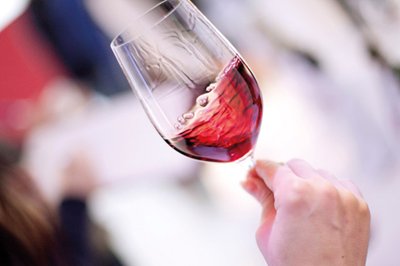New World: Other Red Varietals & Blends
The ultimate in up-and-down flights, both in terms of style and quality, the only constant seemed to be that prices were too often deemed a touch on the high side
Here’s an interesting comparison. Both the Other Reds and the Other Whites category are now mostly made up of unusual blends. Sure, there are one or two single varietals here that aren’t picked up elsewhere in the competition, like Bonarda or Petite Sirah, but for the most part, this is an area where the winemakers go a-mixing.
 But – and this is important – while most of the whites were under £10 and, therefore, more or less in the sub-£40-on-a-list area where most sales are made, more than half of the reds – and two-thirds of the medal winners were over this key psychological barrier.
But – and this is important – while most of the whites were under £10 and, therefore, more or less in the sub-£40-on-a-list area where most sales are made, more than half of the reds – and two-thirds of the medal winners were over this key psychological barrier.
Above this price, wines need to have a name, a region or a grape variety that will make them attractive to customers, otherwise you’re looking at hand-sell territory. First, there’s a limit to how many wines a sommelier is prepared to put on a list that are like that, and second, they have to really, really believe in a wine like that before listing it.
Take all of this together and it perhaps explains why a category that saw twice as many entries as last year (one of the biggest increases in the whole of this year’s competition, in fact) saw fewer Gold-listed wines and only one more Silver than the previous year.
‘Here you’re really looking at the value of the wine, and few of the wines were showing at the price they were quoted at,’ said Antonin Charlier of Club Gascon.
‘Some of them just tasted like they’d planted Tempranillo where they normally plant Cabernet Sauvignon,’ added The Tate Group’s Hamish Anderson.
All in all, watching sommeliers taste through these flights was a bit like observing a speed-dating session. Wines had just a few seconds to make an impression or they were out.
And of course, one taster’s Love at First Sight is another’s Don’t Call Back. One tasting team could have put through ‘eight out of 10. At a neighbouring table, they struggled to find two.
Likewise, a number of wines that were very popular in the first round of tasting stayed marooned at Bronze level in the latter stages, suggesting that if you’re looking for something unusual for your list, any of the medal winners on the pages opposite are worth a look.
The Montelig (‘complex, not overly sweet and with an elegance and finesse’, according to Sara Bachiorri of The Glasshouse) was inches away from a place on the Gold List, with its price – perhaps unluckily, given that it was clearly a very good wine – counting against it in the end.
But at the end of the day, the only wine to step up was the rich, ripe Wirra Wirra Church Block. ‘I think it’s great value for money,’ said Nicola Thomson of Practical Matters. ‘I think it should go with something with a chocolate sauce – venison perhaps. Or pigeon.’
‘The range of styles ran from light and fruity to quite gamey, but all were made as food-friendly wines and we looked for a contrast of styles that would complement the list.’ Marco Feraldi, Galvin La Chapelle
‘They weren’t exactly faulty, but you simply wouldn’t want to drink them.’ Sarah Jane Evans MW, journalist